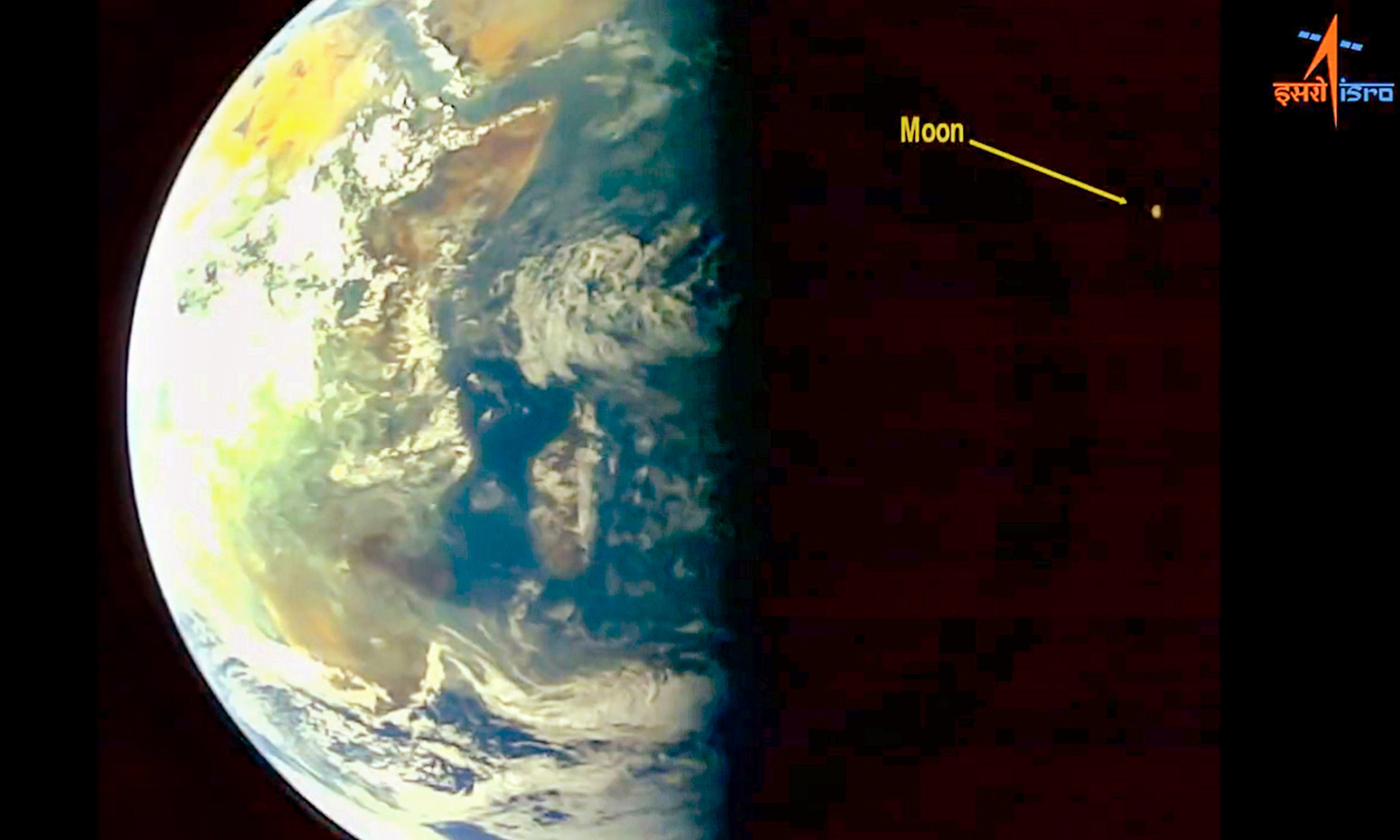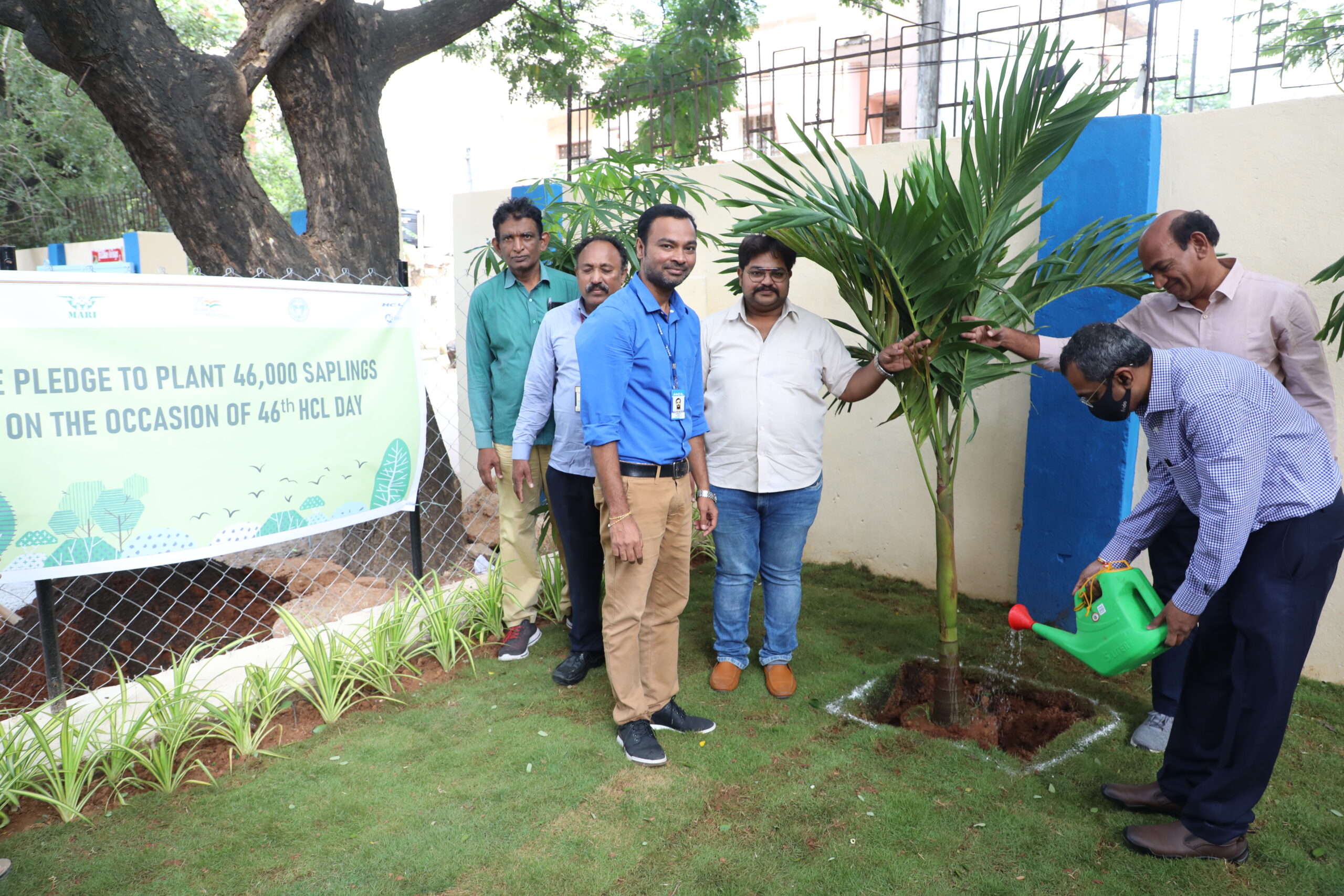Bengaluru, NFAPost: In a momentous stride in space exploration, the Indian Space Research Organisation (ISRO) unveiled the inaugural images captured by the Aditya-L1 solar mission spacecraft. These images, released on Thursday, showcase the spacecraft’s Visible Emission Line Coronagraph (VELC) and Solar Ultraviolet Imager (SUIT) instruments. The Aditya-L1, en route to the Sun-Earth L1 point, promises to deliver an impressive 1,440 images per day to Earth upon reaching its designated orbit.
The VELC, spearheading the Aditya L1’s mission, is the brainchild of the Indian Institute of Astrophysics (IIA) based in Bengaluru. This internally occulted coronagraph boasts a complex assembly of 40 optical elements, including mirrors and gratings, meticulously aligned. Designed to observe the Sun’s corona, the VELC expertly filters out direct solar disk light, enabling it to capture the considerably fainter corona at all times.
Upon achieving its intended orbit, VELC will embark on transmitting a staggering 1,440 images daily to ground stations for thorough analysis. Notably, this payload, described as the “largest and technically most challenging,” was meticulously assembled, tested, and calibrated at IIA’s CREST (Centre for Research and Education in Science Technology) facility in Hoskote, near Bengaluru. ISRO’s crucial involvement ensured a seamless integration process.
The Aditya-L1 spacecraft carries an impressive total of seven distinct payloads, all dedicated to unravelling the mysteries of the Sun. Four of these payloads are focused on observing solar light, while the remaining three are engineered to measure in situ parameters of plasma and magnetic fields.
Aditya-L1’s final destination is a halo orbit around the Lagrangian Point 1 (L1), situated 1.5 million kilometres from Earth, in direct alignment with the Sun. This unique vantage point will allow Aditya-L1 to maintain an unbroken view of the Sun, providing an unprecedented opportunity for continuous solar observation.
Launched triumphantly on September 2nd aboard the reliable PSLV-C57 rocket, Aditya-L1’s groundbreaking mission is poised to expand our understanding of the Sun and deepen our grasp of solar phenomena. The forthcoming deluge of images promises to offer fresh insights into the dynamics of our celestial neighbour, illuminating the enigmatic workings of our solar system’s radiant heart.





